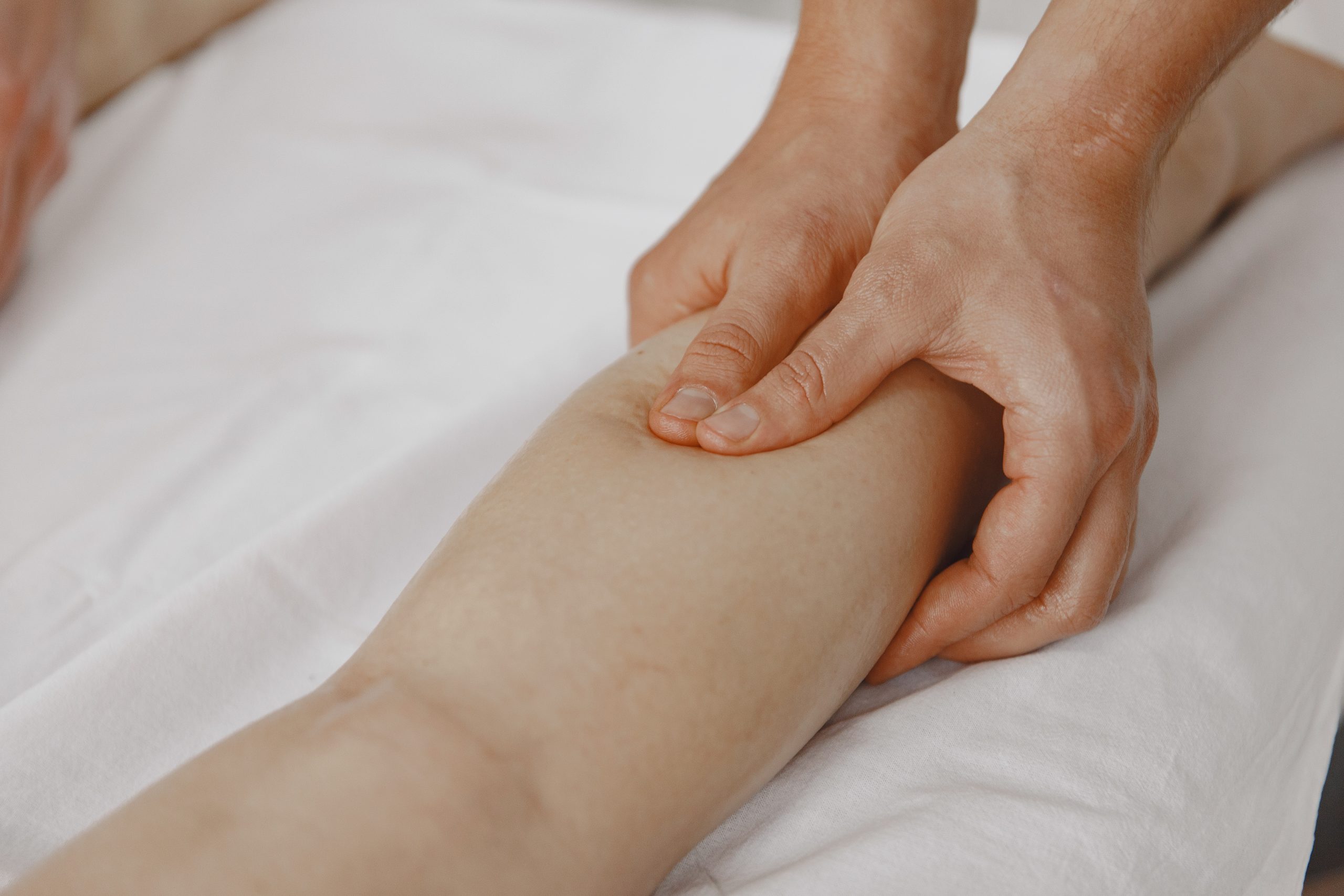How to prevent and manage oedema before and after surgery
by Massage Therapist Renata Monteiro
When we have a surgery booked, we usually worry about what comes after the procedure and don’t give
much attention on what we could do to prepare ourselves for the surgery.
To significantly support recovery and make the swelling easier to manage, consider the following a few days before the surgery:
- Intake of fluids to keep our body hydrated
- Don’t smoke
- Keep active
- Manual Lymphatic drainage
- Light meals and reduce the amount of salt
- Raising the legs when possible, to improve blood circulation
- Avoid hot baths or shower
- Decongestive Lymphatic Therapy (DLT- see more below)
Oedema definiton and cause:
Oedema is defined by an increase in the amount of interstitial fluid in a tissue. This fluid leaks out of a damaged cell causing oedema. This fluid can be localised in a particular part of the body (due to injury or allergy reaction) or can affect the entire body (generalised) . Keep in mind that swelling is expected to occur after a surgery as the body starts the healing process. Thousands of cells are sent to the affected area so they start working to help your body heal faster. Different factor such as medication, water retention problems, allergy, pregnancy, salty foods, DVT, obesity, kidney diseases, lymphoedema, diabetes, standing at your feet all day and even long flights can cause oedema. Oedema after surgery may vary depending of the affected area, age, the procedure type, genetics and lifestyle.
Tips to manage oedema after surgery:
The following techniques can help managing oedema after surgery in order to avoid discomfort
and pain (source: Tactile Medical):
1. Elevation: Raise the swollen part of the body above the level of the heart at least 3 times a
day as this will help fluids flow and recirculate through the body
2. Compression: Wearing compression (bandage/ garments) on the affected area might help
prevent fluids from building up. Medical doctors or lymphoedema practitioners can advice
about best ways to wearing compression and where to find it.
3. Light movement: Moving the swollen part of the body, especially in case of the legs, can
help fluids to recirculate towards the heart. If you can’t walk due to your surgery, you can
still decrease the risk of oedema after surgery doing light activities in order to help the lymphatic system and improve circulation to reduce swelling. You can always talk to a physical therapist to help you staying active after the surgery.
4. DLT- Decongestive Lymphatic Therapy
DLT is known for having 5 key components: Compression, MLD (manual lymphatic drainage), exercise, skin care and changes on day-to-day activities, including patient education. Manual lymphatic drainage can be an amazing ally to prevent and reduce oedema and lymphoedema, by using a sequence of hand movements to change the course of fluid to less congested parts of the lymphatic system. The use of lotion or cream on affected area as dry and cracked skin is highly recommended, in order to avoid infection.
Be patient!
Swelling after surgery is expected, but usually doesn’t last for too long (it may vary according to
the type of surgery you had, your age and the affected area).
Remember to start he treatment for an oedema as soon as possible. Following the tips found on this text, will definitely help your recovery.

By Renata Monteiro
Qualifications:
Decongestive Lymphathic Therapy (DLT) & Manual Lymphatic Drainage (MLD).
Find out more about Renata on her profile.
